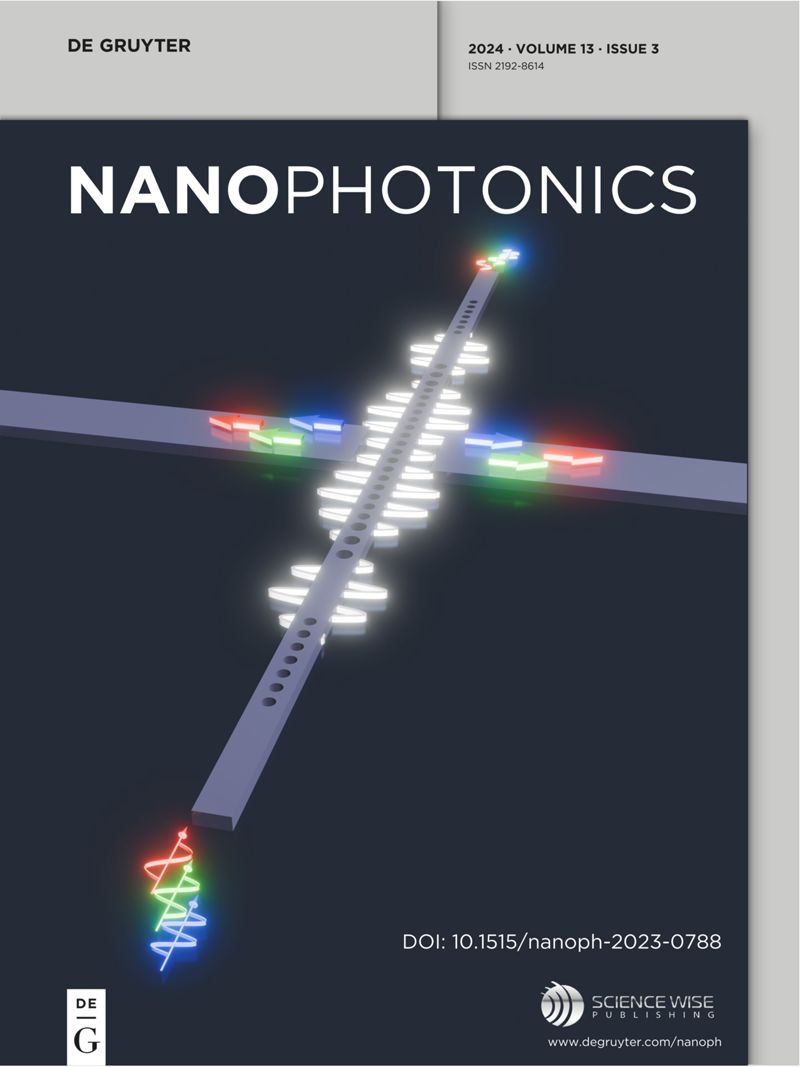Non-linear bistability in pulsed optical traps
IF 6.5
2区 物理与天体物理
Q1 MATERIALS SCIENCE, MULTIDISCIPLINARY
引用次数: 0
Abstract
Optical trapping, also known as optical tweezing or optical levitation, is a technique that uses highly focused laser beams to manipulate micro- and nanoscopic particles. In optical traps driven by high-energy pulses, material non-linearity can result in unusual opto-mechanical effects, such as displaced equilibrium points. However, existing theoretical models of non-linear optical force on small particles consider smooth material dependence on the incident field strength alone, and not the feedback between the particle permittivity and internal field strength, which is, in turn, a function of the permittivity. The hysteresis effects of optical bistability in pulsed optical traps, therefore, elude existing optical force models. Here, we investigate a bistable optical trap, set up by counter-propagating ultrashort pulses, in which the optical force exerted on a particle depends not only on the field at its current location but on the historic trajectory of the particle in the trap. The developed formalism will be important for designing optical traps and nanoparticle manipulation in pulsed field for various applications, including potentially time crystal demonstrations.脉冲光阱的非线性双稳性
光捕获,也被称为光镊或光悬浮,是一种利用高度聚焦的激光束来操纵微观和纳米级粒子的技术。在高能脉冲驱动的光阱中,材料的非线性会导致不寻常的光力学效应,如平衡点的位移。然而,现有的小粒子非线性光力理论模型只考虑了光滑材料对入射场强的依赖,而没有考虑粒子介电常数与内部场强之间的反馈,而内部场强又是介电常数的函数。因此,脉冲光阱中光双稳性的迟滞效应避开了现有的光力模型。在这里,我们研究了一个双稳态光阱,通过反传播超短脉冲建立,其中施加在粒子上的光力不仅取决于其当前位置的场,而且取决于陷阱中粒子的历史轨迹。所开发的形式对于设计光学陷阱和在脉冲场中操纵纳米粒子具有重要意义,可用于各种应用,包括潜在的时间晶体演示。
本文章由计算机程序翻译,如有差异,请以英文原文为准。
求助全文
约1分钟内获得全文
求助全文
来源期刊

Nanophotonics
NANOSCIENCE & NANOTECHNOLOGY-MATERIALS SCIENCE, MULTIDISCIPLINARY
CiteScore
13.50
自引率
6.70%
发文量
358
审稿时长
7 weeks
期刊介绍:
Nanophotonics, published in collaboration with Sciencewise, is a prestigious journal that showcases recent international research results, notable advancements in the field, and innovative applications. It is regarded as one of the leading publications in the realm of nanophotonics and encompasses a range of article types including research articles, selectively invited reviews, letters, and perspectives.
The journal specifically delves into the study of photon interaction with nano-structures, such as carbon nano-tubes, nano metal particles, nano crystals, semiconductor nano dots, photonic crystals, tissue, and DNA. It offers comprehensive coverage of the most up-to-date discoveries, making it an essential resource for physicists, engineers, and material scientists.
 求助内容:
求助内容: 应助结果提醒方式:
应助结果提醒方式:


